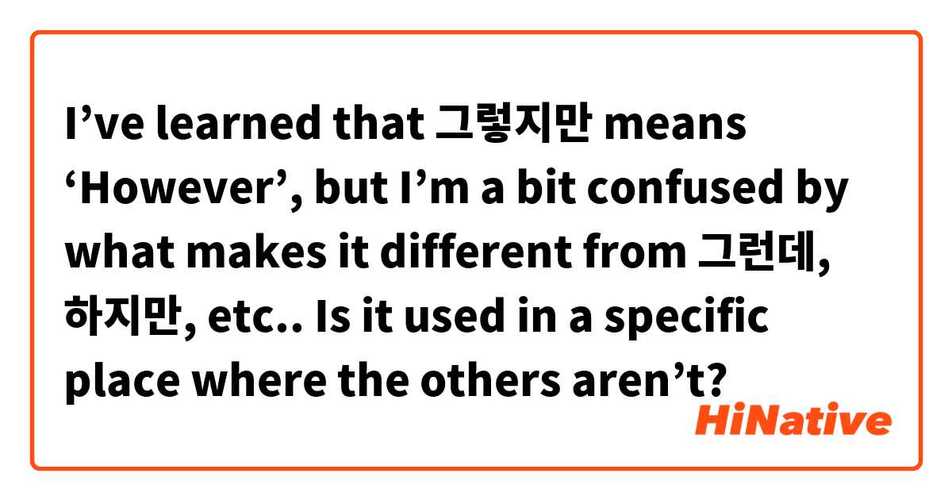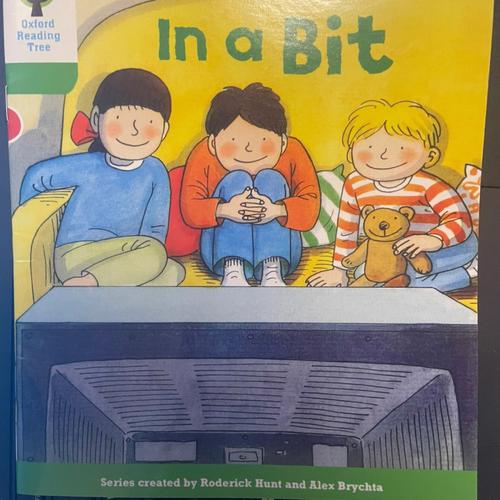
What is a Bit?
A bit, short for binary digit, is the fundamental unit of information in computing and digital communications. It is the smallest unit of data that can be processed by a computer. Understanding what a bit is and how it functions is crucial for anyone interested in technology, from casual users to seasoned professionals.
What Does a Bit Represent?
At its core, a bit represents one of two possible values: 0 or 1. This binary nature is the foundation of all digital information. In a binary system, these two values are used to represent all types of data, from text to images and audio.

How Bits Are Used in Computing
In computing, bits are used to store and process data. For example, a single bit can be used to represent a switch that is either on or off. When it’s on, the bit is set to 1; when it’s off, the bit is set to 0. This binary system allows computers to perform complex calculations and operations.
Computers use a combination of bits to represent larger pieces of data. For instance, an 8-bit byte can represent 256 different values (2^8), which is enough to store a single character in ASCII encoding. By combining multiple bytes, computers can store and process even more complex data.
Bits in Digital Communications
In digital communications, bits are used to transmit data over networks. For example, when you send an email or browse the internet, your data is broken down into bits and sent over the network. These bits are then reassembled at the receiving end to reconstruct the original message or file.
One common method of transmitting bits is through the use of modulation techniques. Modulation allows bits to be encoded onto a carrier signal, which can then be transmitted over a medium such as a cable or wireless channel. At the receiving end, the carrier signal is demodulated to extract the original bits.

Bits and Memory
Memory in computers is made up of bits. Random Access Memory (RAM) is a type of memory that stores data temporarily while the computer is running. The amount of RAM a computer has can affect its performance, as more RAM allows for more data to be processed simultaneously.
Hard Disk Drives (HDDs) and Solid State Drives (SSDs) are used to store data for long-term use. These storage devices use bits to represent the data stored on them. The more bits a storage device can hold, the more data it can store.
Bits and Data Encoding
Data encoding is the process of converting data into a format that can be stored or transmitted. Bits are used in various encoding schemes, such as ASCII, Unicode, and binary. These encoding schemes determine how data is represented and interpreted by computers and other devices.
For example, ASCII encoding uses 7 bits to represent characters, while Unicode encoding uses 8 to 32 bits. This allows Unicode to represent a much wider range of characters, including those from different languages and symbols.
Bits and Data Compression
Data compression is the process of reducing the size of data without losing any information. Bits play a crucial role in data compression, as they determine the amount of data that needs to be compressed and the efficiency of the compression algorithm.
Compression algorithms, such as Huffman coding and Run-Length Encoding (RLE), use bits to represent patterns in data. By identifying and encoding these patterns, the algorithm can reduce the overall size of the data, making it more efficient to store and transmit.
Bits and Error Detection
Error detection is a critical aspect of data transmission and storage. Bits are used to detect and correct errors that may occur during the process. One common method of error detection is through the use of parity bits.
Parity bits are additional bits added to a data stream to detect errors. For example, a single parity bit can be used to ensure that the total number of 1s in a byte is even. If an error occurs and the number of 1s becomes odd, the parity bit will indicate that an error has occurred.
Bits and Future Technologies
As technology continues to evolve, bits will continue to play a crucial role in the development of new technologies. Quantum computing, for example, uses qubits, which are similar to bits but can exist in multiple states simultaneously. This allows quantum computers to perform certain calculations much faster than traditional computers.
Neural networks, another emerging technology, use bits to represent and process data in a way that mimics the human brain. This allows neural networks to recognize patterns and make decisions in a




